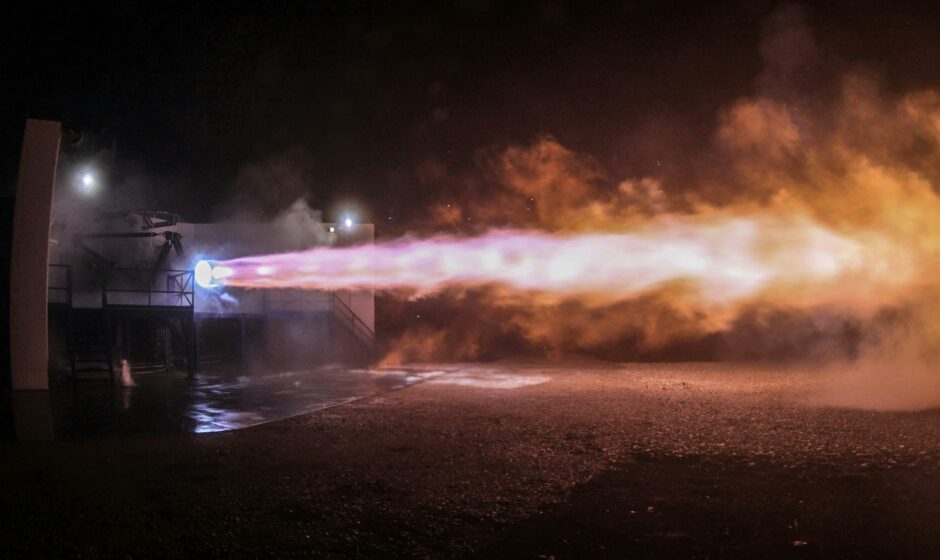Galactday: 53577.0
The Ion drive is a type of electric propulsion that uses ions to produce thrust. These types of drives are much more efficient than traditional chemical rockets, but they produce much less thrust. This means that ion drives are best suited for long-duration missions where high acceleration is not required. Photo by Pexels-SpaceX
The development of ion drives can be traced back to the early 1900s. In 1906, Robert Goddard proposed using ion propulsion to power a spacecraft to the Moon. However, it was not until the 1950s that ion drives began to be seriously developed.
One of the pioneers of ion propulsion was Harold E. Edgerton, a professor of electrical engineering at Massachusetts Institute of Technology. In 1959, Edgerton and his team developed the first working ion thruster. This thruster used mercury as its propellant and could produce a thrust of about 100 micronewtons.
In the 1960s, NASA began to develop ion drives for use in space exploration. In 1964, the Space Electric Rocket Test 1 (SERT-1) became the first ion thruster to be flown in space. SERT-1 was a small satellite that used an ion thruster to make a series of orbits around Earth.
In the 1970s, NASA developed the Hall thruster, a more efficient type of ion thruster. Hall thrusters use a magnetic field to accelerate ions, which allows them to produce more thrust than other types of ion thrusters. The first spacecraft to use a Hall thruster was the Deep Space 1 probe, which was launched in 1998. Deep Space 1 used its Hall thruster to travel over 160 million miles and make flybys of the asteroid Braille and the comet Borrelly.
Since the Deep Space 1 mission, ion drives have been used on a number of other spacecraft, including the Dawn probe, the Juno probe and the Parker Solar Probe. Ion drives are now being considered for use on future missions to Mars and beyond.
The Benefits of Ion Drives. Ion drives offer a number of advantages over traditional chemical rockets. They are much more efficient, meaning that they can travel farther on a given amount of fuel. They are also much quieter and produce no exhaust plumes, which makes them ideal for use in space stations and other sensitive environments. Ion drives are also very reliable. They can operate for months or even years without needing to be refueled. This makes them ideal for long-duration missions, such as those to Mars or beyond.
The Challenges of Ion Drives. Ion drives also have some challenges. They produce much less thrust than chemical rockets, which means that they take longer to accelerate. This can be a problem for missions that require a quick journey. Ion drives are also more expensive than chemical rockets. This is because they require more complex and sophisticated technology.
The Future of Ion Drives. Despite the challenges, ion drives are a promising technology for future space exploration. They are more efficient, reliable, and quiet than chemical rockets, making them ideal for long-duration missions. As the technology continues to develop, ion drives are likely to become even more powerful and efficient. This could make them the propulsion system of choice for future missions to Mars and beyond.
Read more about Ion Drives
Ion drives are a promising technology for future space exploration. They are more efficient, reliable, and quiet than chemical rockets, making them ideal for long-duration missions. As the technology continues to develop, ion drives are likely to become even more powerful and efficient. This could make them the propulsion system of choice for future missions to Mars and beyond.




